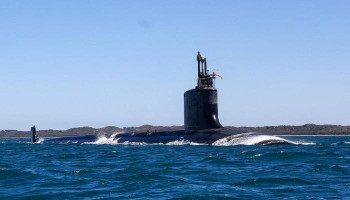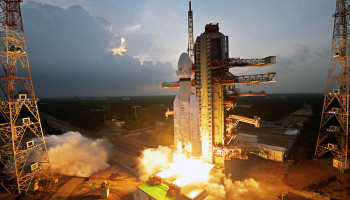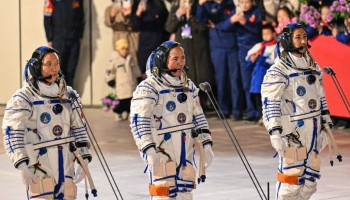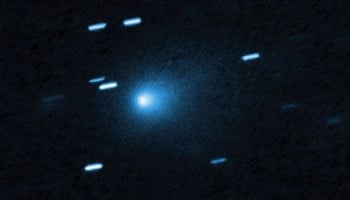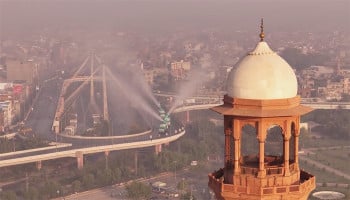
Astronomers discovered convincing evidence of life beyond Earth, a planet situated 124 light-years away, called K2-18b, has revealed two chemical structures in its atmosphere that are only made by life on Earth, repeated in the Mirror.
According to the researchers, there is a 99.7% chance of life on other planets, which are more than three billion times farther from Earth than the distance between Earth and the Moon.
Astronomers uncover life-like signals from deep space
The gases identified, dimethyl sulphide (DMS) and dimethyl disulphide (DMDS), are commonly produced by microscopic marine algae on Earth.
The location of K2-18b has been compelling evidence of life beyond our planet, which is the so-called Goldilocks zone. It's an orbital sweet spot with favourable conditions for liquid water to exist on a planet’s surface.
University of Cambridge’s Institute of Astronomy Professor Nikku Madhusudhan stated, “Given everything we know about this planet, a Hycean world with an ocean that is teeming with life is the scenario that best fits the data we have.”
“Decades from now, we may look back at this point in time and recognise it was when the living universe came within reach. This could be the tipping point, where suddenly the fundamental question of whether we’re alone in the universe is one we’re capable of answering,” Madhusudhan added.
Amid the increasing excitement around K2-18b, scientists have discovered another potentially life-supporting realm, HD 20794 d, situated less than 20 light-years away.
The so-called "super-Earth" is said to possibly contain water, as reported by an international research team.
Astronomers are now focused on locating exoplanets, offering great chances for detailed study and evidence of life.







